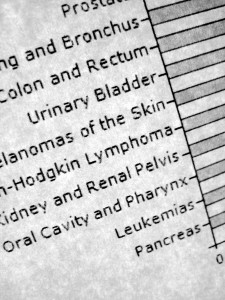True.
It’s true! Having a husband does create an extra seven hours of housework each week for women. I have to admit I’m feeling a tinge of guilt as I sit and write these words. I’ve been scolded so many times for walking through the house with my shoes on that I’m surprised I still have shoes. I’ll also admit to having done the dishes a few times without using soap and throwing light and dark colored clothes together in the same load of laundry with the hope that everything would not turn out pink. Now, my wife cringes if I even get near the sink or the washing machine. I still get to take out the trash, pick up after the dog, and do most of the weeding in the garden, however. A research study directed by economist Frank Stafford at the University of Michigan Institute for Social Research revealed that women sweep, dust, mop, clean, and pick up an average of seven hours more each week because of their husbands. On the other hand, having a wife saves husbands roughly an hour of housework a week. It’s interesting how much research has been done on who does the household chores. It really isn’t as simple as it was sixty or seventy years ago when more women stayed home and the expectation was that they would take care of much of the housework. Today, with many more dual income families, couples have to work together and decide who is going to do the laundry, cleaning, cooking, and tidying up. The study directed by Stafford revealed some interesting trends. Overall, women spend less time doing housework today (seventeen hours a week) compared to 1976 (twenty-six hours a week) whereas men do more than double the housework today (thirteen hours a week) compared to 1976 (six hours a week). The study also revealed that younger single women (in their twenties and thirties) did the least amount of housework a week, about twelve hours, and married women with more than three children did the most, about twenty-eight hours a week.
Reference:
Public release date 4-4-2008 http://www.eurekalert.org/pub_releases/2008-04/uom-ehm040408.php.


 False.
False.